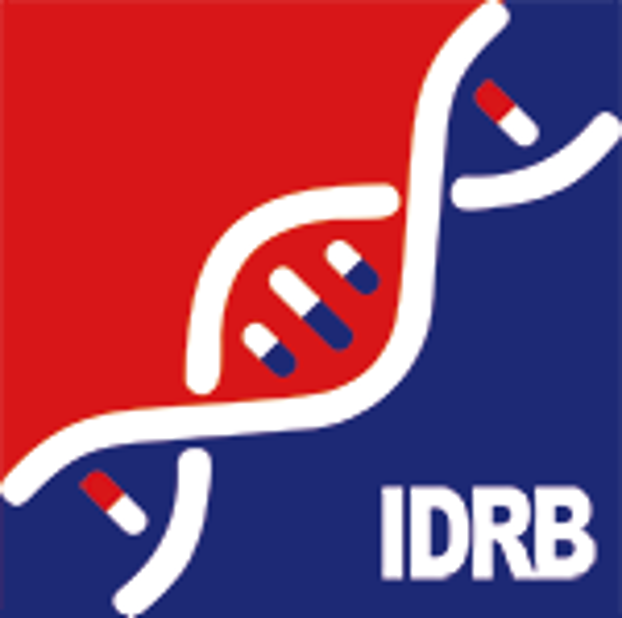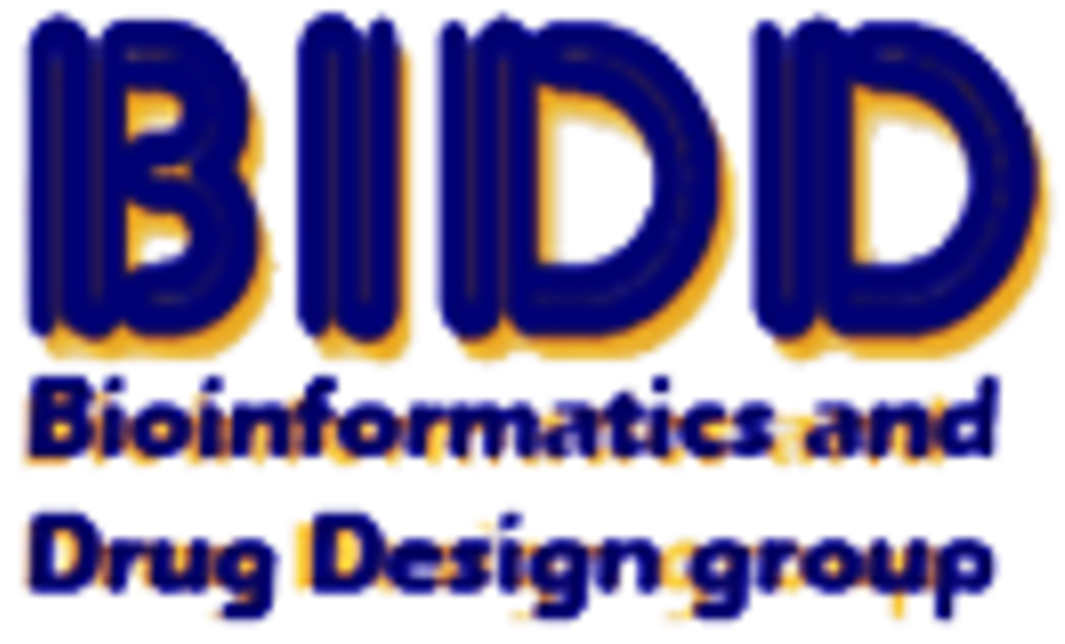Target Information
| Target General Information | Top | |||||
|---|---|---|---|---|---|---|
| Target ID |
T91397
|
|||||
| Target Name |
Citron Rho-interacting kinase (CIT)
|
|||||
| Synonyms |
Serine/threonine-protein kinase 21; STK21; KIAA0949; CRIK
Click to Show/Hide
|
|||||
| Gene Name |
CIT
|
|||||
| Target Type |
Literature-reported target
|
[1] | ||||
| Function |
Plays a role in cytokinesis. Required for KIF14 localization to the central spindle and midbody. Putative RHO/RAC effector that binds to the GTP-bound forms of RHO and RAC1. It probably binds p21 with a tighter specificity in vivo. Displays serine/threonine protein kinase activity. Plays an important role in the regulation of cytokinesis and the development of the central nervous system. Phosphorylates MYL9/MLC2.
Click to Show/Hide
|
|||||
| UniProt ID | ||||||
| EC Number |
EC 2.7.11.1
|
|||||
| Sequence |
MLKFKYGARNPLDAGAAEPIASRASRLNLFFQGKPPFMTQQQMSPLSREGILDALFVLFE
ECSQPALMKIKHVSNFVRKYSDTIAELQELQPSAKDFEVRSLVGCGHFAEVQVVREKATG DIYAMKVMKKKALLAQEQVSFFEEERNILSRSTSPWIPQLQYAFQDKNHLYLVMEYQPGG DLLSLLNRYEDQLDENLIQFYLAELILAVHSVHLMGYVHRDIKPENILVDRTGHIKLVDF GSAAKMNSNKMVNAKLPIGTPDYMAPEVLTVMNGDGKGTYGLDCDWWSVGVIAYEMIYGR SPFAEGTSARTFNNIMNFQRFLKFPDDPKVSSDFLDLIQSLLCGQKERLKFEGLCCHPFF SKIDWNNIRNSPPPFVPTLKSDDDTSNFDEPEKNSWVSSSPCQLSPSGFSGEELPFVGFS YSKALGILGRSESVVSGLDSPAKTSSMEKKLLIKSKELQDSQDKCHKMEQEMTRLHRRVS EVEAVLSQKEVELKASETQRSLLEQDLATYITECSSLKRSLEQARMEVSQEDDKALQLLH DIREQSRKLQEIKEQEYQAQVEEMRLMMNQLEEDLVSARRRSDLYESELRESRLAAEEFK RKATECQHKLLKAKDQGKPEVGEYAKLEKINAEQQLKIQELQEKLEKAVKASTEATELLQ NIRQAKERAERELEKLQNREDSSEGIRKKLVEAEELEEKHREAQVSAQHLEVHLKQKEQH YEEKIKVLDNQIKKDLADKETLENMMQRHEEEAHEKGKILSEQKAMINAMDSKIRSLEQR IVELSEANKLAANSSLFTQRNMKAQEEMISELRQQKFYLETQAGKLEAQNRKLEEQLEKI SHQDHSDKNRLLELETRLREVSLEHEEQKLELKRQLTELQLSLQERESQLTALQAARAAL ESQLRQAKTELEETTAEAEEEIQALTAHRDEIQRKFDALRNSCTVITDLEEQLNQLTEDN AELNNQNFYLSKQLDEASGANDEIVQLRSEVDHLRREITEREMQLTSQKQTMEALKTTCT MLEEQVMDLEALNDELLEKERQWEAWRSVLGDEKSQFECRVRELQRMLDTEKQSRARADQ RITESRQVVELAVKEHKAEILALQQALKEQKLKAESLSDKLNDLEKKHAMLEMNARSLQQ KLETERELKQRLLEEQAKLQQQMDLQKNHIFRLTQGLQEALDRADLLKTERSDLEYQLEN IQVLYSHEKVKMEGTISQQTKLIDFLQAKMDQPAKKKKGLFSRRKEDPALPTQVPLQYNE LKLALEKEKARCAELEEALQKTRIELRSAREEAAHRKATDHPHPSTPATARQQIAMSAIV RSPEHQPSAMSLLAPPSSRRKESSTPEEFSRRLKERMHHNIPHRFNVGLNMRATKCAVCL DTVHFGRQASKCLECQVMCHPKCSTCLPATCGLPAEYATHFTEAFCRDKMNSPGLQTKEP SSSLHLEGWMKVPRNNKRGQQGWDRKYIVLEGSKVLIYDNEAREAGQRPVEEFELCLPDG DVSIHGAVGASELANTAKADVPYILKMESHPHTTCWPGRTLYLLAPSFPDKQRWVTALES VVAGGRVSREKAEADAKLLGNSLLKLEGDDRLDMNCTLPFSDQVVLVGTEEGLYALNVLK NSLTHVPGIGAVFQIYIIKDLEKLLMIAGEERALCLVDVKKVKQSLAQSHLPAQPDISPN IFEAVKGCHLFGAGKIENGLCICAAMPSKVVILRYNENLSKYCIRKEIETSEPCSCIHFT NYSILIGTNKFYEIDMKQYTLEEFLDKNDHSLAPAVFAASSNSFPVSIVQVNSAGQREEY LLCFHEFGVFVDSYGRRSRTDDLKWSRLPLAFAYREPYLFVTHFNSLEVIEIQARSSAGT PARAYLDIPNPRYLGPAISSGAIYLASSYQDKLRVICCKGNLVKESGTEHHRGPSTSRSS PNKRGPPTYNEHITKRVASSPAPPEGPSHPREPSTPHRYREGRTELRRDKSPGRPLEREK SPGRMLSTRRERSPGRLFEDSSRGRLPAGAVRTPLSQVNKVWDQSSV Click to Show/Hide
|
|||||
| 3D Structure | Click to Show 3D Structure of This Target | AlphaFold | ||||
| Cell-based Target Expression Variations | Top | |||||
|---|---|---|---|---|---|---|
| Cell-based Target Expression Variations | ||||||
| Different Human System Profiles of Target | Top |
|---|---|
|
Human Similarity Proteins
of target is determined by comparing the sequence similarity of all human proteins with the target based on BLAST. The similarity proteins for a target are defined as the proteins with E-value < 0.005 and outside the protein families of the target.
A target that has fewer human similarity proteins outside its family is commonly regarded to possess a greater capacity to avoid undesired interactions and thus increase the possibility of finding successful drugs
(Brief Bioinform, 21: 649-662, 2020).
Human Tissue Distribution
of target is determined from a proteomics study that quantified more than 12,000 genes across 32 normal human tissues. Tissue Specificity (TS) score was used to define the enrichment of target across tissues.
The distribution of targets among different tissues or organs need to be taken into consideration when assessing the target druggability, as it is generally accepted that the wider the target distribution, the greater the concern over potential adverse effects
(Nat Rev Drug Discov, 20: 64-81, 2021).
Biological Network Descriptors
of target is determined based on a human protein-protein interactions (PPI) network consisting of 9,309 proteins and 52,713 PPIs, which were with a high confidence score of ≥ 0.95 collected from STRING database.
The network properties of targets based on protein-protein interactions (PPIs) have been widely adopted for the assessment of target’s druggability. Proteins with high node degree tend to have a high impact on network function through multiple interactions, while proteins with high betweenness centrality are regarded to be central for communication in interaction networks and regulate the flow of signaling information
(Front Pharmacol, 9, 1245, 2018;
Curr Opin Struct Biol. 44:134-142, 2017).
Human Similarity Proteins
Human Tissue Distribution
Biological Network Descriptors
|
|
|
Note:
If a protein has TS (tissue specficity) scores at least in one tissue >= 2.5, this protein is called tissue-enriched (including tissue-enriched-but-not-specific and tissue-specific). In the plots, the vertical lines are at thresholds 2.5 and 4.
|
| Degree | 8 | Degree centrality | 8.59E-04 | Betweenness centrality | 2.03E-04 |
|---|---|---|---|---|---|
| Closeness centrality | 2.15E-01 | Radiality | 1.38E+01 | Clustering coefficient | 2.50E-01 |
| Neighborhood connectivity | 3.81E+01 | Topological coefficient | 1.86E-01 | Eccentricity | 12 |
| Download | Click to Download the Full PPI Network of This Target | ||||
| Chemical Structure based Activity Landscape of Target | Top |
|---|---|
| References | Top | |||||
|---|---|---|---|---|---|---|
| REF 1 | Role of citron kinase as a target of the small GTPase Rho in cytokinesis. Nature. 1998 Jul 30;394(6692):491-4. | |||||
If You Find Any Error in Data or Bug in Web Service, Please Kindly Report It to Dr. Zhou and Dr. Zhang.

